Just one of the advantages of small to medium-sized business is an active approach that leads to strong brand-to-consumer relationships. Micro-influencers offer the same approach, just through social media.
While follower counts seem to rule social media, the true test is engagement. Through their small to medium-sized following, Forbes states micro-influencers flex a more approachable, more relatable and more loyal feed.
The difference between micro and macro influencers is merely their follower size. Chelsea Tuttle, a community and media manager at our (amp) agency, explained the levels of influencers:
Each influencer has varying levels of followers and engagement rates. Categorizing them by ascending level helps to set expectations around budget.
- Local: Utilizing average consumers in your local markets is an affordable option. Think of these people as real customers and fans on social media. Local influencers usually have under 2,000 followers and are great for geo-targeted campaigns.
- Micro: These niche-specialty influencers usually have under 100,000 followers and are experts in a specific interest. Typical examples include fashion and travel influencers.
- Macro: The primary difference between macro and micro is that macro influencers have over 100,000 followers and tend to be a bit pricier.
- Celebrity: Think of your favorite celebrity partnering with worldwide brands that have high budgets. With over 1,000,000 followers, they are reaching consumers worldwide.
Being an expert in small to medium-sized businesses, we understand working within budgets. in 2018, Quicksprout, an SMB partner, broke down the numbers micro-influencers typically charge for posts:
84% charge less than $250, per Instagram post
90% charge less than $250 per Facebook post
87% charge less than $500 per blog post
90% charge less than $150 per Twitter post
Though budgeting is required, the return of using micro-influencers is worth the price.
Just last year, we worked with a B2B client needing new digital tactics to increase sales during the holiday season. They had no previous experience with an influencer program, so we introduced a strategy we were able to manage. They received more sales in one week than their previous year’s entire holiday campaign.
Based on our experience with micro-influencers, we’ve pulled a four tips for working with micro-influencers:
- Micro-influencers can be found in almost any niche. Choose your influencers carefully by looking into their engagement rates and followers, and ensuring it matches the products your brand is trying to sell. There are platforms, such as Klear, that help brands find influencers that best align with their product offering.
- It’s typically best practice to hire a group of influencers, rather than one or two.
- Lead the direction of how influencers talk about your brand. Quicksprout reports telling a story about how your brand helped their lives produces greater ROI.
- Using listening tools, and analytics and reporting, determine the strategy for when influencers should post and on what channels. Leaving it up to the influencer could produce a lower ROI simply because the post when on the wrong channel or posted at the wrong time.


